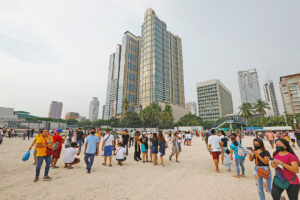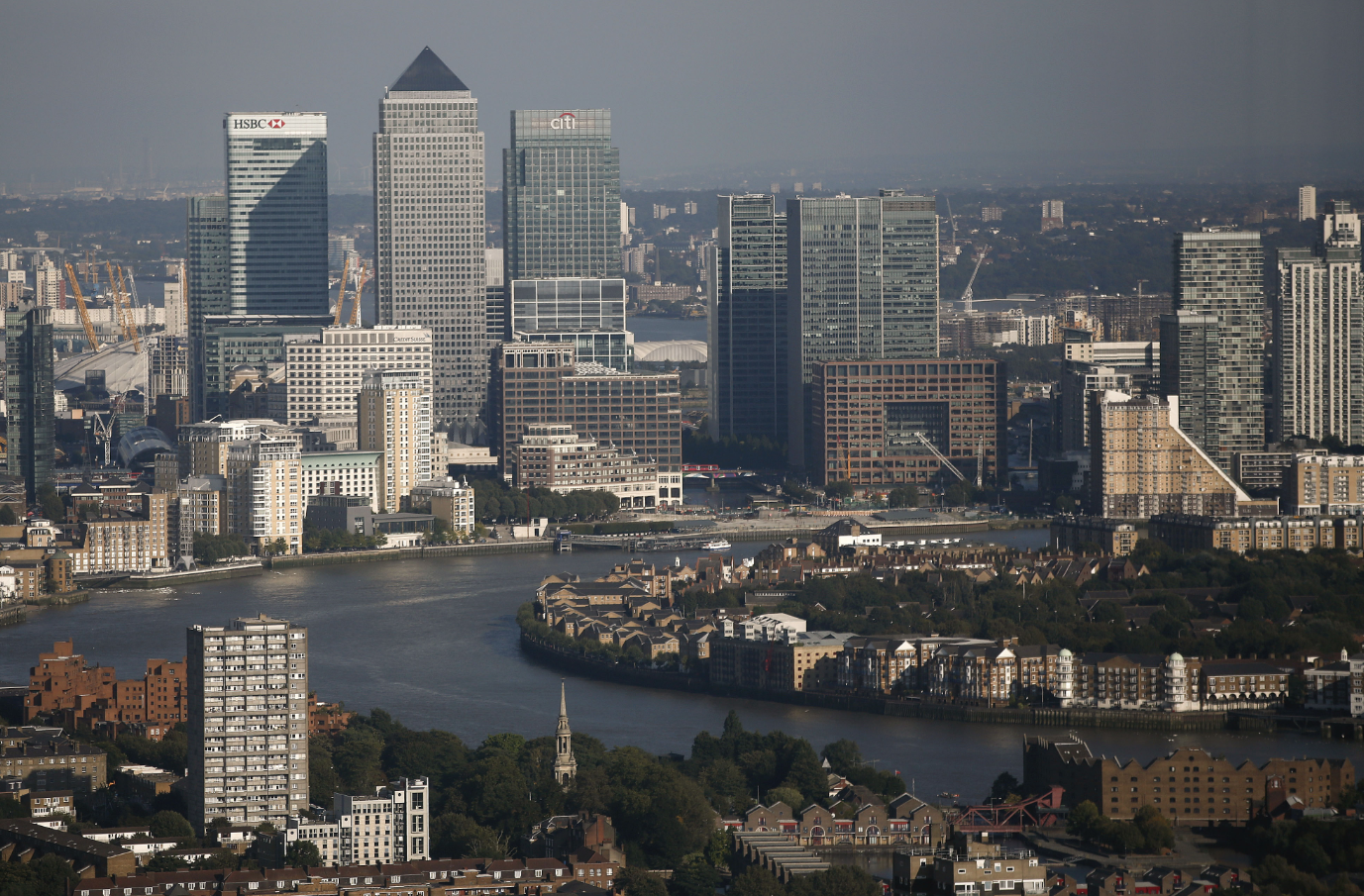PHL to reach ‘upper-middle’ status by 2024, Balisacan says

THE PHILIPPINES is likely to achieve its goal of becoming an upper middle-income economy by 2024, incoming Socioeconomic Planning Secretary Arsenio M. Balisacan said.
“It might take a while for us to reach that point. So, if we grow at 7% next year, maybe by 2024 we would probably be there,” he said in a roundtable with BusinessWorld editors on June 16.
This is in contrast to Socioeconomic Planning Secretary Karl Kendrick T. Chua’s projection that the Philippines will become an upper middle-income economy by next year.
The Philippines had originally targeted to attain upper middle-income status by 2022, but this was derailed by the coronavirus pandemic.
Last year, the World Bank increased its income range for the upper middle-income bracket to a gross national income (GNI) capital of $4,096-$12,695 from $4,046-$12,535. This definition is expected to be updated by the World Bank by July.
According to Philippine Statistics Authority (PSA) data, the country’s GNI per capita stood at P182,438, or about $3,500 in 2021, slightly higher than the GNI per capita of P177,546 in 2020. However, this is still lower than the GNI per capita of P200,135 in 2019.
Mr. Balisacan said the new administration is aiming to ramp up economic growth this year.
“We plan to get economic recovery moving quickly, moving the economy to its high-growth trajectory, and achieve over the duration of the administration a 6-8% growth,” he said.
In May, the Development Budget Coordination Committee (DBCC) tweaked its gross domestic product (GDP) growth target to 7-8% this year, from 7-9% previously, amid the prolonged Russia-Ukraine war, economic slowdown in China and monetary policy tightening in the United States.
The DBCC kept the GDP growth target at 6-7% for the years 2023 to 2025.
“We will need to accompany that growth with better access to, or improvement and access to social services, particularly health and education, to make sure growth is inclusive,” Mr. Balisacan said.
The current Philippine Competition Commission chairman said he wants to prioritize services and infrastructure projects to generate much-needed jobs.
“We’ll also focus on jobs, particularly on high-quality jobs and that will mean that we’ll have to revisit our manufacturing to make it a more robust contributor to quality job creation,” he said.
“The instruction of the incoming president is we should continue infrastructure projects that are near completion, given limited resources. So, in terms of priority, we should give priority to those projects where benefits can be realized sooner rather than later, and also can generate jobs.”
The unemployment rate eased to 5.7% in April, from 8.7% in April 2021, based on preliminary results of the PSA Labor Force Survey. This is equivalent to 2.76 million jobless Filipinos in April, as mobility restrictions eased and economic activity picked up. — TJT




